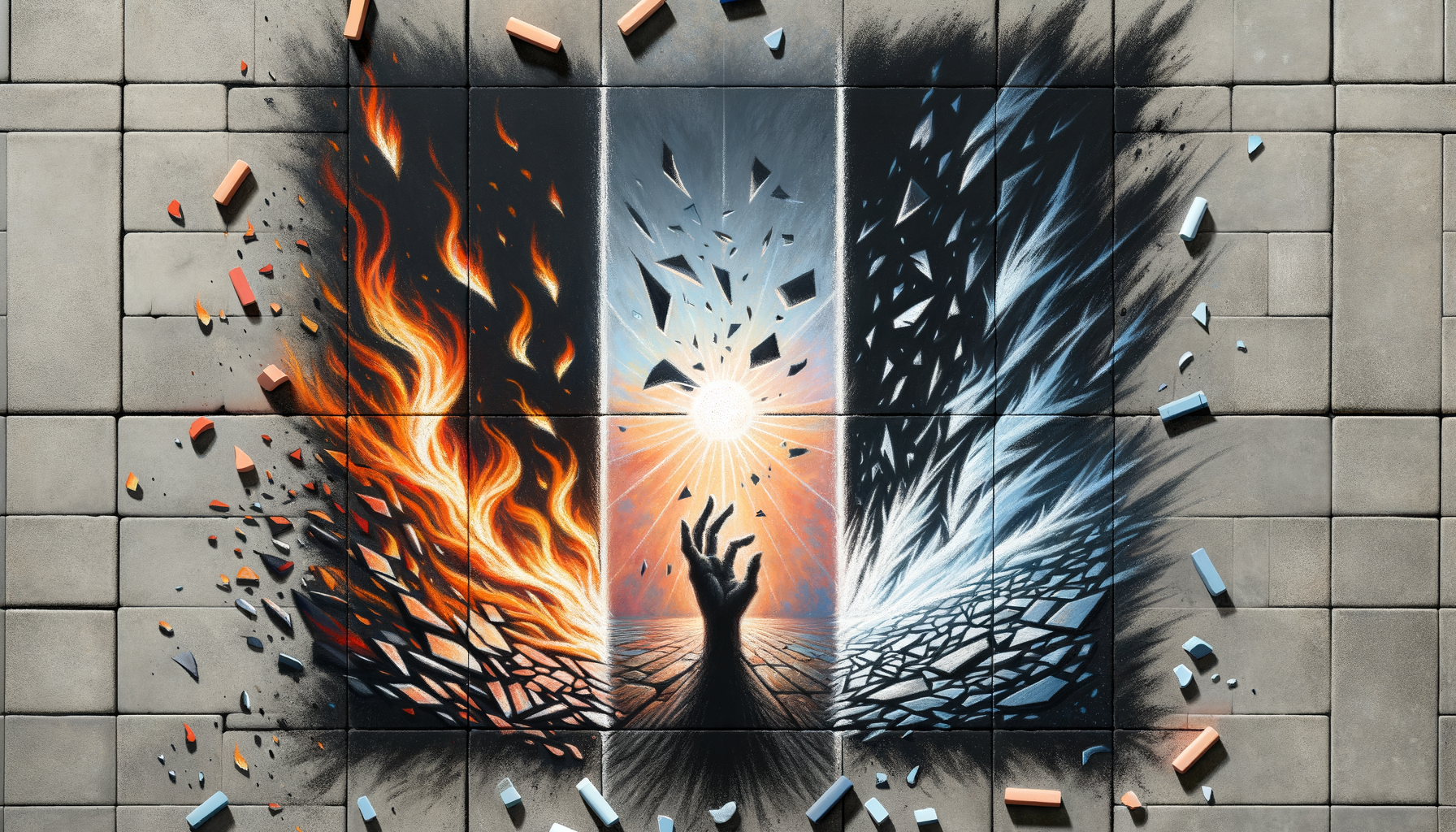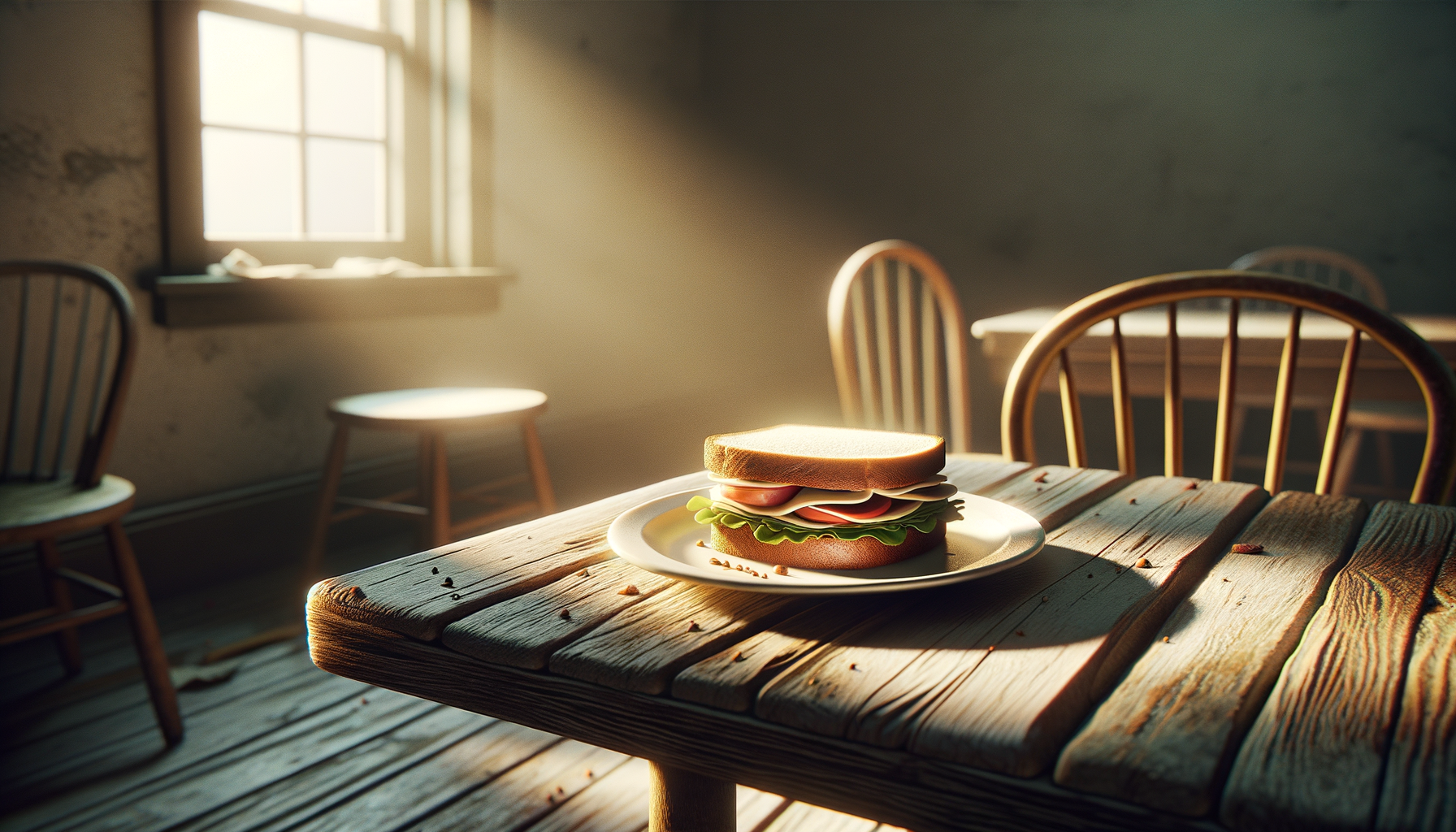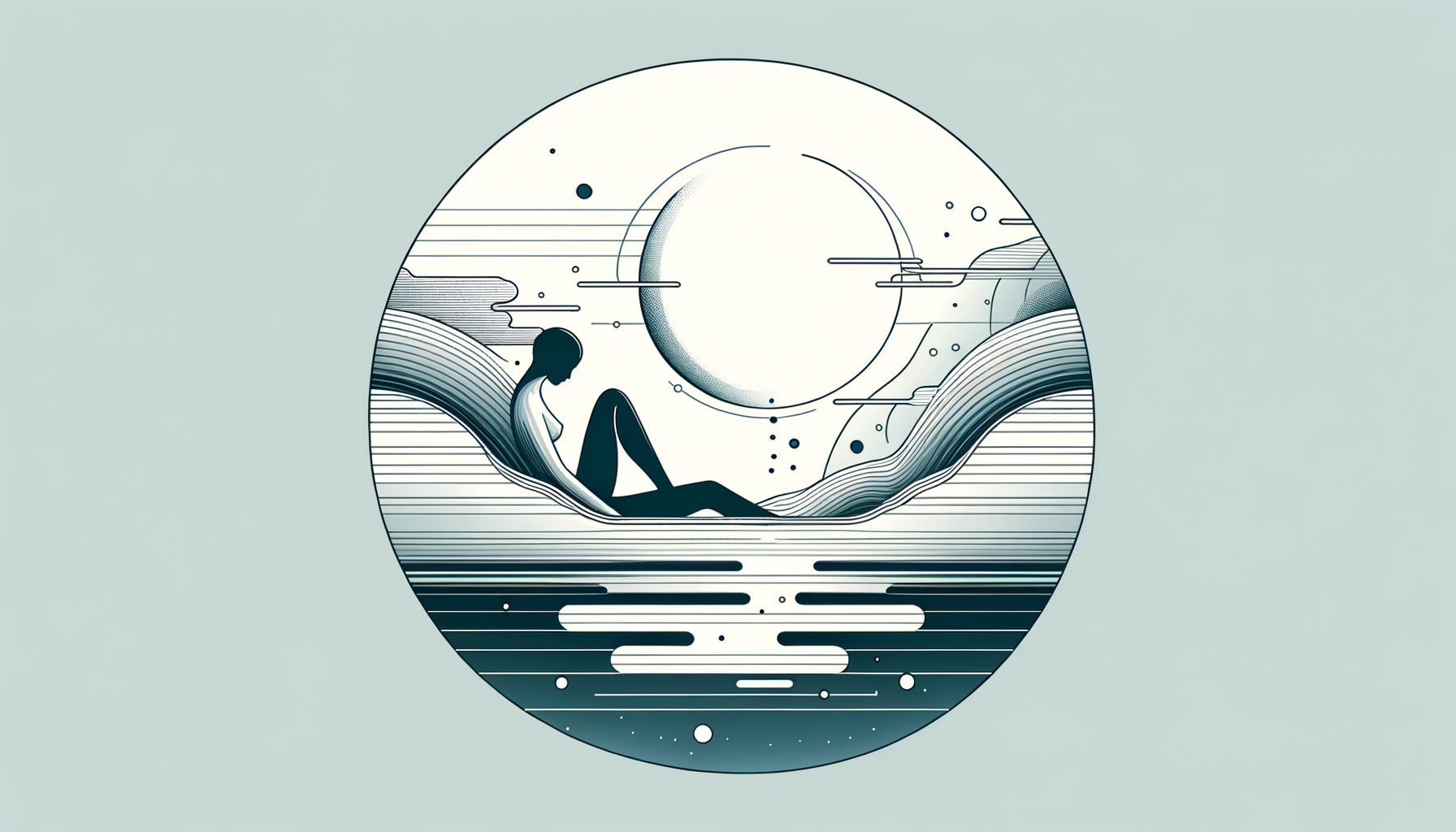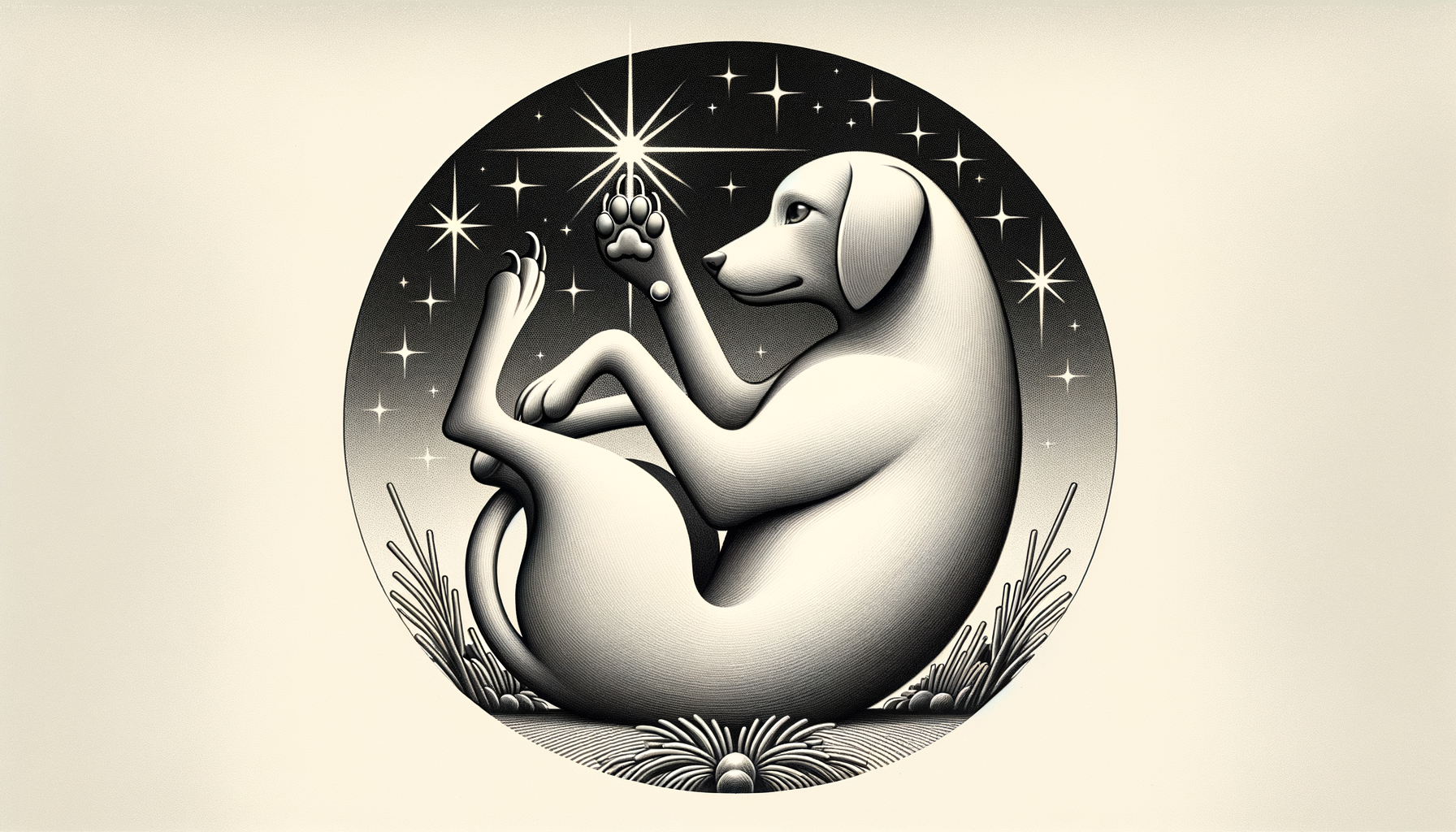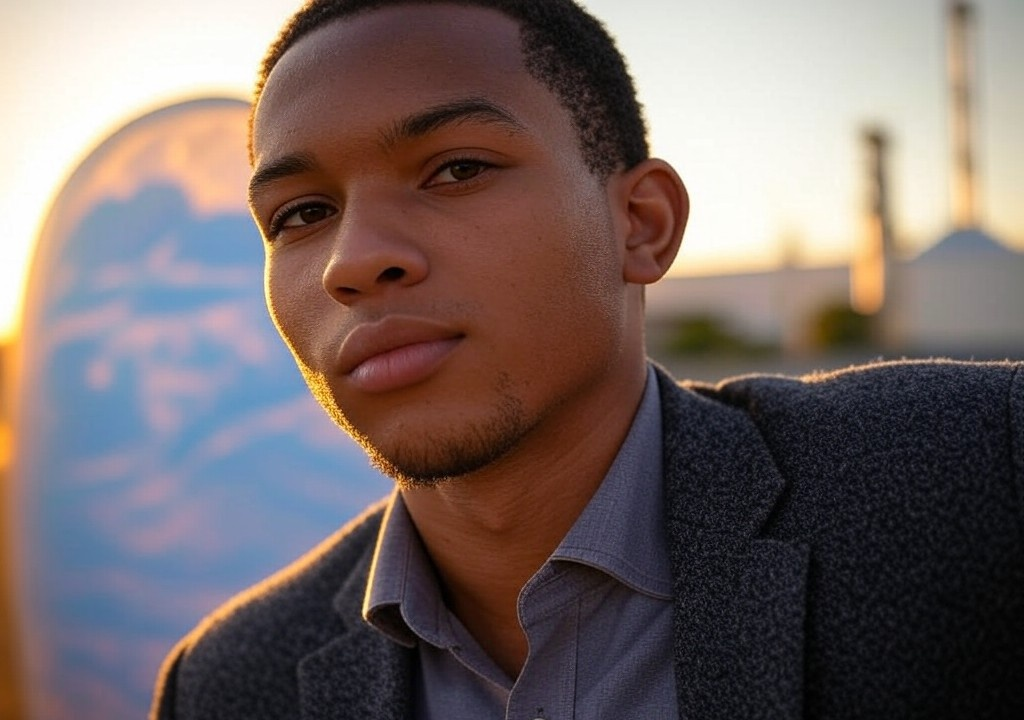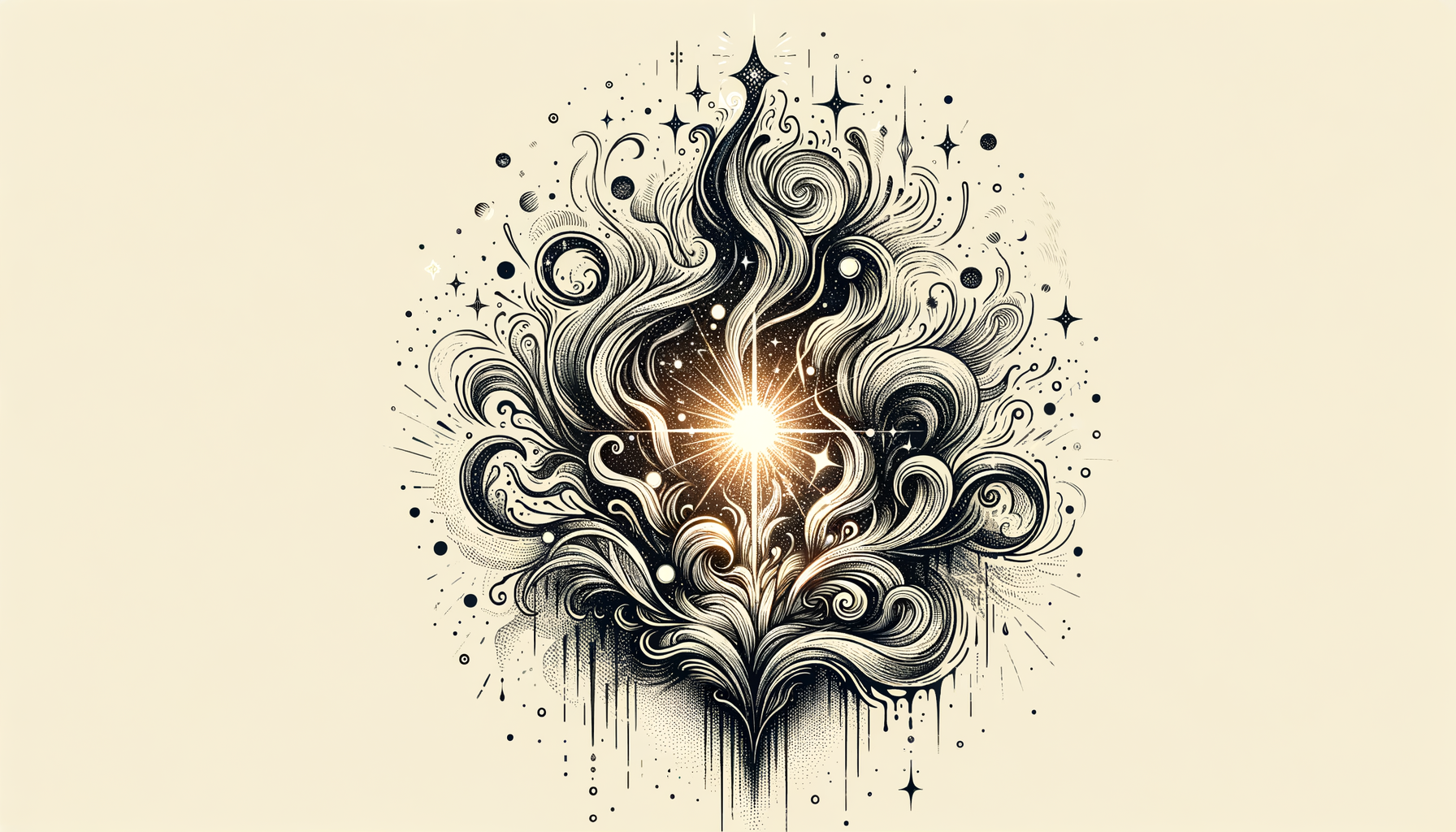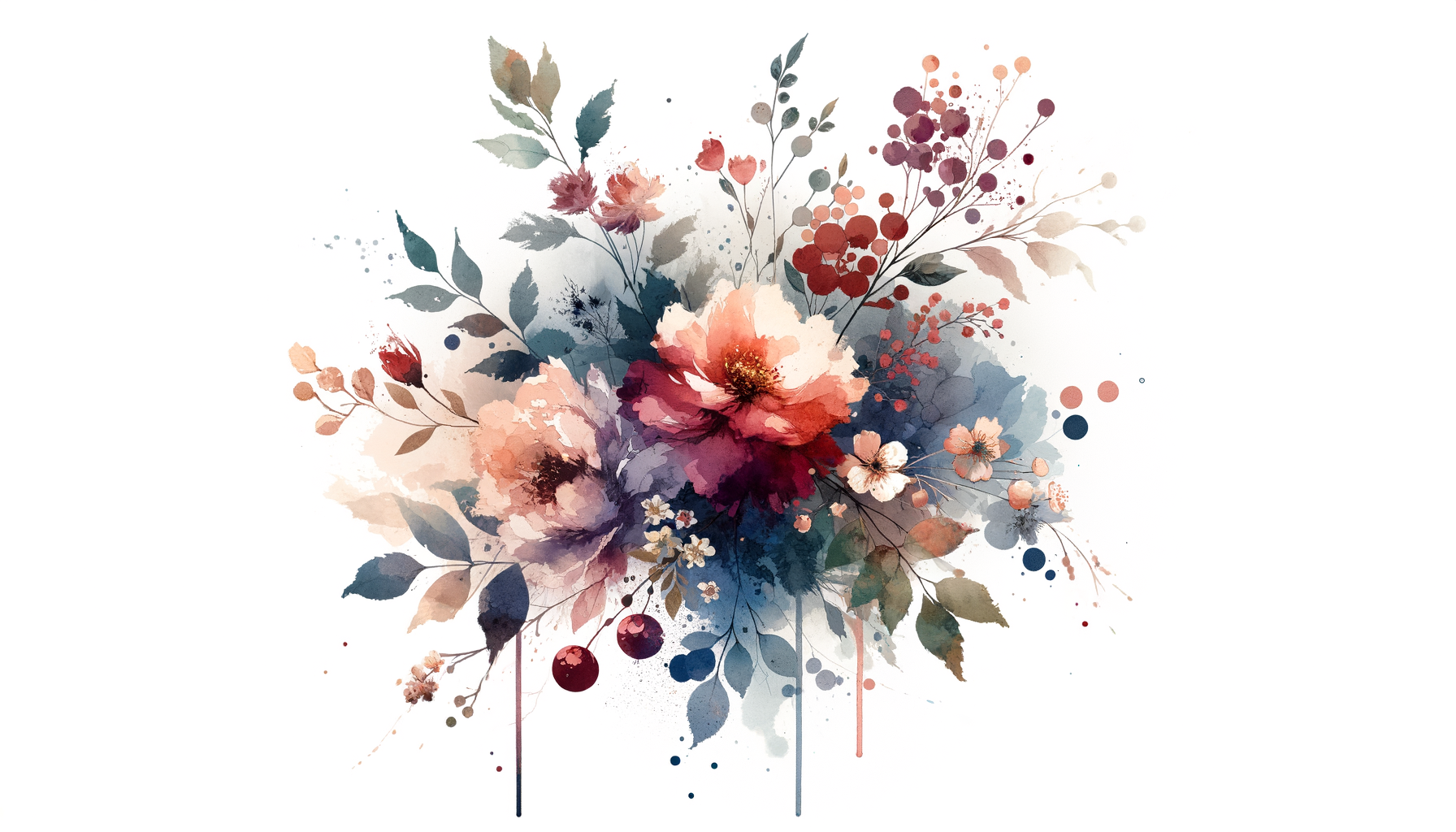The Crash Before the Comeback
It started with a bang—or more like a series of bangs. The kind you feel in your chest when everything you’ve been juggling suddenly comes crashing down like a poorly constructed game of Jenga. You know that scene in an infomercial where someone tries to carry too many plates and predictably drops them all, leaving a trail of spaghetti and humiliation behind? That was my life last year. Except instead of spaghetti, I had heartbreak, burnout, and a heaping side of identity crisis.
By December, I was standing in the middle of what felt like emotional rubble, asking myself, “Okay, Harper, now what?” But if there’s anything I learned around the dinner table growing up, it’s that even the toughest moments are teachable ones. So, let me tell you the story of everything falling apart—and, more importantly, how I stitched it back together again. Spoiler alert: It wasn’t as simple as finding the right glue.
Chapter One: Heartbreak (& the Wrong Kind of Rom-Com)
It all started with a breakup, as most catastrophes in your early 30s do. Ironically, I was watching Notting Hill when it happened. He called, I answered, and before Hugh Grant could even confess his bookstore-owner feelings of love, my relationship went up in smoke.
Let me clarify: this wasn’t some casual situationship that fizzled out because someone forgot to text back. This was the one. Or so I thought. We were talking IKEA furniture commitments, shared Spotify playlists, and joint Christmas card plans. When he said, “I don’t think I’m ready for this,” it wasn’t just the breakup that shattered me; it was the very blueprint of what I thought my future looked like.
For weeks, my life felt like a bad montage scene. I rotated through crying into my coffee, revenge-reading feminist essays, and binge-watching The Great British Baking Show in a futile attempt to soothe myself with Paul Hollywood’s double-handshake energy. When that failed, I distracted myself by compulsively reorganizing my pantry, labeling jars like a deranged Marie Kondo protégé.
But beneath the noise and busyness, one question kept gnawing at me: “If I’m not the person who thought they’d be married by now, who the hell am I?”
Chapter Two: Enter Burnout—Stage Left
If a breakup wasn’t enough, burnout decided to make itself a guest star in my personal soap opera. I love my job, don’t get me wrong, but working at a nonprofit means you’re basically a Jedi master at doing too much with too little. After eight years of head-down hustle in arts education, I hit a wall. Hard.
It started subtly—missing a deadline here, skipping lunchtime there—but soon the small cracks became chasms. I woke up every morning feeling like my brain was loading on dial-up speed. Even things I used to love, like organizing local open mics or mentoring young creators, felt heavy.
It took a concerned colleague pulling me aside and saying, “You don’t seem like yourself,” for me to admit that no, I wasn’t okay. I had spent so much time giving pieces of myself to everyone else that I forgot to save a slice for me.
Chapter Three: The Lightbulb Moment (aka, Beyoncé Didn’t Build Rome in a Day)
There’s a phrase I live by now: “You can’t rebuild your life with the same tools that broke it.” It hit me like a steel-toed boot one day while I was hiking the Barton Creek Greenbelt. (Austin locals, you know it’s either a soul replenisher or a root-dodging death march depending on your mood. That day it was both.)
Somewhere between dodging a low branch and narrowly avoiding face-planting into a puddle, I realized I hadn’t taken a real pause in years. Sure, I’d gone on vacations, spent Sundays devouring migas at local brunch spots, and posted aesthetically pleasing photos of my cappuccinos, but I had never stopped. Not really.
For the first time, I decided to treat myself like a project worth investing in. Not a fixer-upper house or a thrift-store chair needing to be reupholstered, but something softer—a plant, perhaps. Something that needed sunlight, water, and time to grow. It turns out growth looks like less of a Rocky training montage and more like watching paint dry. But that’s okay.
Chapter Four: Rebuilding Brick by Brick
So how did I move forward? It started small. Instead of trying to duct tape my life back together overnight, I focused on one brick at a time. Here’s what actually worked:
1. Saying “Yes” to Therapy (and “No” to Overbooking My Calendar)
Therapy wasn’t some instant cure-all—I didn’t solve every problem in an hour like a reality show—but it gave me the tools to sort through, well, everything. Breakups, burnout, boundary-setting… you name it. I stopped apologizing for needing space and started taking it unapologetically. My calendar finally had blank spots, and wow, I could breathe again.
2. Leaning Into the Awkwardness of Asking for Help
I grew up in a family that prided itself on self-reliance. But last year, I swallowed my pride and did something radical: I let people show up for me. My best friend, Clara, practically became my unpaid emotional support coach, showing up with wine and unsolicited pep talks at a moment’s notice. I’m not saying you need a Clara, but you do need people. Letting them in is part of the healing process.
3. Rediscovering Play
Somewhere along the way, life turned into a giant to-do list. So, I got back to doing things just because they made me happy. No ulterior motives, no agenda. I took pottery classes, went to live music shows (shoutout to Austin’s unbeatable scene), and even joined a feminist book club. When you embrace joy instead of perfection, life becomes a lot less… suffocating.
4. Rewriting My Definition of Success
For the longest time, I measured “success” by checking off milestones: career growth, a healthy relationship, and the ability to make sourdough during quarantine like the rest of Instagram. But last year taught me that real success isn’t about outward accomplishments; it’s about feeling whole, even with gaps that can’t be filled by another person, achievement, or viral recipe.
Chapter Five: The Comeback Isn’t Perfect—But That’s the Point
Here’s the thing nobody tells you about rebuilding your life: It’s messy, and that’s okay. Sometimes I feel like I’m crushing it, and other days, I still cry during a Subaru commercial because apparently I’m not over just how comforting love and reliability can be. (Seriously. Those ads destroy me.)
But the difference now? I’m not rushing to put all the pieces back exactly where they were. Growth isn’t linear, and that’s the beauty of it.
If your world feels like it’s crumbling, take this as your reminder: You don’t have to rebuild it alone or rush it. Breakups, burnout, identity crises—they suck, sure. But they’ll also teach you more about yourself than you ever imagined. And if you’re patient, you might find that the life you rebuild isn’t “back to normal.” It’s better.
Now excuse me while I go overwater my houseplants and give Paul Hollywood a second chance.

